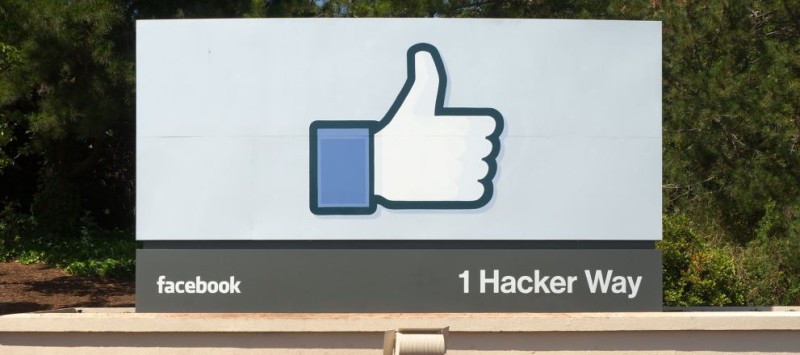
Note: If you have any questions after reading this and the several other articles relating to PayPal on this site, please leave a comment or contact PayPal directly. Unfortunately due to time constraints I am unable to offer any advice over email so all emails related to PayPal will remain unanswered.
All e-commerce solutions such as Shopify, WooCommerce, and Easy Digital Downloads will allow you to select one of out of several e-commerce checkout business solutions offered by PayPal.
The choice is between the following:
- PayPal Website Payments Standard
- PayPal Express Checkout
- PayPal Payments Pro
Understanding which checkout service to use can be quite complicated as the PayPal documentation is not exactly thuser-friendlyriendly, so let’s try to demystify things a little bit here.
PayPal Website Payments Standard
If you use PayPal Website Payments Standard, when your customers check out, they will be directed to a page that allows them to log into their PayPal account or pay by credit card without having to sign up for a PayPal account. This is the best option if you anticipate that most of your customers will not want to sign up for a PayPal account.
It is the most common type of PayPal checkout used and it is available in many more countries than the other two options we are considering here.
PayPal Express Checkout
If you use PayPal Express Checkout, when your customers check out, they will be directed to a page that requires them to log into their PayPal account or create a new one. Therefore, this is the best option if you anticipate that most of your customers either have a PayPal account or will sign up for an account on checkout.
PayPal sees Express Checkout as a payment option that’s offered in addition to other payment choices such as a credit card gateway, and that adding Express is a way to allow PayPal members a very quick and easy way to pay using their PayPal account. PayPal also believes Express Checkout improves conversions/sales.
PayPal Express is available to merchants in the following countries: Australia, Austria, Belgium, Brazil, Canada, China, Denmark, Finland, France, Germany, Hong Kong, Ireland, Italy, Netherlands, Norway, Poland, Spain, Sweden, Switzerland, Turkey, the United Kingdom or the United States.
PayPal Payments Pro
PayPal Payments Pro is a customizable solution that enables merchants to keep buyers on their website during the entire checkout and payment process. Merchants can host their own customized checkout pages and send transactions to PayPal, or they can have PayPal host the checkout pages and also manage security for sales and authorizations. PayPal Payments Pro can accept Paypal and PayPal credit payments, as well as credit and debit card payments. PayPal Payments Pro also includes an optimized mobile checkout experience.
PayPal Payments Pro is only available to merchants in the following countries: United States, Canada, United Kingdom. A monthly service charge applies, and there is an account application process and credit check to complete before the feature can be activated on your account. PayPal Express Checkout must be enabled in order for Website Payments Pro to be offered on your site.
PayPal sees Website Payments Pro as a payment gateway for handling credit cards. That’s exactly what it is. Coupled with Express Checkout, it gives your customers the maximum amount of choice about how to pay: either by credit card directly on your site, or by using their PayPal account to submit payment.
Note: if using PayPal Payments Pro to process credit cards, you must have an SSL certificate.
Conclusion
If you’re still confused or not sure which product to go for, just start off with PayPal Website Payments Standard. Most e-commerce solutions include this by default and it is the easiest to set up. Moreover the other two options might not be available to you, depending on where your business is based.
PayPal Website Payments Standard allows users the choice of signing in or not signing in, and can be considered the default choice; PayPal Express Checkout can be more efficient for PayPal users and may facilitate sales.
It may depend on whether or not you also have a credit card processing option; if you do, you can use PayPal Express Checkout, since the customer will only need to use this option to pay with PayPal funds.
If PayPal is your only payment method, you may want to use PayPal Website Payments Standard so that your customers have the option of using a credit card.
Whichever option you choose, keep in mind that your e-commerce system will probably have its own documentation guiding you on how to set up each of these PayPal solutions, so it shouldn’t be a big issue getting either one set up.


